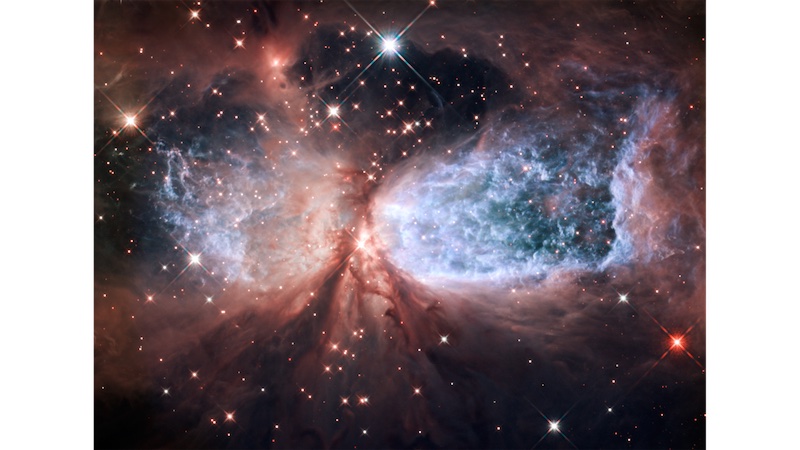Our galaxy is still actively making stars. We’ve known that for a while, but sometimes it’s hard to understand the true scale in astronomical terms. A team from Japan is trying to help with that by using a novel machine-learning technique to identify soon-to-be star-forming regions spread throughout the Milky Way. They found 140,000 of them.
The regions, known in astronomy as molecular clouds, are typically invisible to humans. However, they do emit radio waves, which can be picked up by the massive radio telescopes dotted around our planet. Unfortunately, the Milky Way is the only galaxy close enough where we can pick up those signals, and even in our home galaxy; the clouds are so far spread apart it has been challenging to capture an overall picture of them.

Credit – National Astronomical Observatory of Japan, Nobeyama Radio Observatory
Therefore a team from Osaka Metropolitan University thought – machine learning to the rescue. They took a data set from the Nobeyama radio telescope located in Nagano prefecture and looked for the prevalence of carbon monoxide molecules. That resulted in an astonishing 140,000 visible molecular clouds in just one quadrant of the Milky Way.
As a next step, the team looked deeper into the data and figured out how large they were, as well as where they were located in the galactic plane. Given that there are four more quadrants to explore, there’s a good chance there are significantly more to find.
But to access at least two of those quadrants, they need a different radio telescope. Nobeyama is located in Japan, in the northern hemisphere, and can’t see the southern sky. Plenty of radio telescopes, such as ALMA, are already online in the southern hemisphere. Some are on the horizon, such as the Square Kilometer Array that could provide an even farther look around the southern hemisphere’s galactic plane. The team just needs to pick which one they would like to use.
One of the great things about AI is that once you train it, which can take a significant amount of time, analyzing similar data sets is a breeze. Future work on more radio data should take advantage of that fact and allow Dr. Shinji Fujita and his team to quickly analyze even more star-forming regions. With some additional research, we’ll be able to truly understand our galaxy’s creation engine sometime in the not-too-distant future.
Learn More:
Osaka Metropolitan University – AI draws most accurate map of star birthplaces in the Galaxy
Fujita et al. – Distance determination of molecular clouds in the first quadrant of the Galactic plane using deep learning: I. Method and results
UT – One of the Brightest Star-Forming Regions in the Milky Way, Seen in Infrared
UT – Speedrunning Star Formation in the Cygnus X Region
Lead Image:
Image of star-forming region Sharpless 2-106, about 2,000 light years away from Earth.
Credit – NASA , ESA, STScI/Aura

